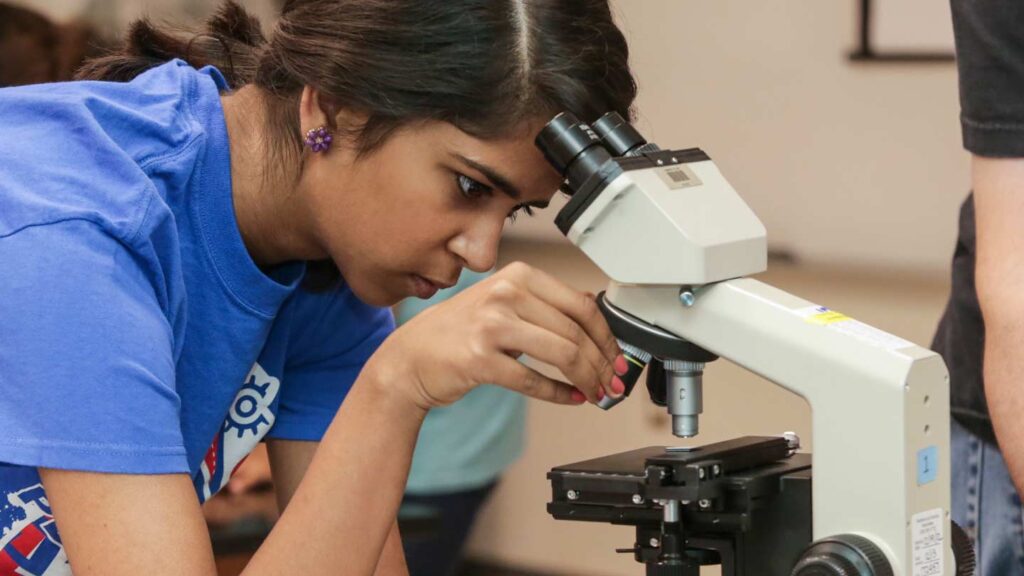
Inorganic pyrophosphatase (IPPase) grown by counter-diffusion equilibration under microgravity.
The IPPase protein was crystallized by counter-diffusion equilibration in large diameter quartz capillaries on the ISS for 6 months, the longest duration of time for any protein crystal growth experiment. In a counter-diffusion geometry, protein crystals were grown in the absence of gravity. Large crystal volumes were obtained growing across the length of the capillary as a result of a progressive nucleation front. The above figure shows the well separated large volume crystals grown from a microgravity.
Why is growing large volume crystals important?
Large volume protein crystals are required for Neutron Macromolecular Crystallography (NMC) to overcome the weak flux associated with neutron sources. NMC is dependent on neutrons being scattered by the atomic nuclei providing information on the location of hydrogen atoms from the protein, its substrates and surrounding water. The present protein crystal volume prerequisite for neutron diffraction is at least 0.1 mm3. In most cases a larger protein crystal is needed for successful neutron analysis (~1 mm3 for non-perdeuterated proteins). These substantial crystal sizes are not necessary for X-ray structure determination because of the accessibility of intense synchrotron focused beam sources and sensitive X-ray. Neutron crystallography is still limiting even though high power spallation neutron sources with state-of-the-art sensitive neutron detectors are becoming more available with faster data collection capabilities. The limiting factors rest on the success of growing adequate size and quality protein crystals that can diffract neutron to atomic resolution.







